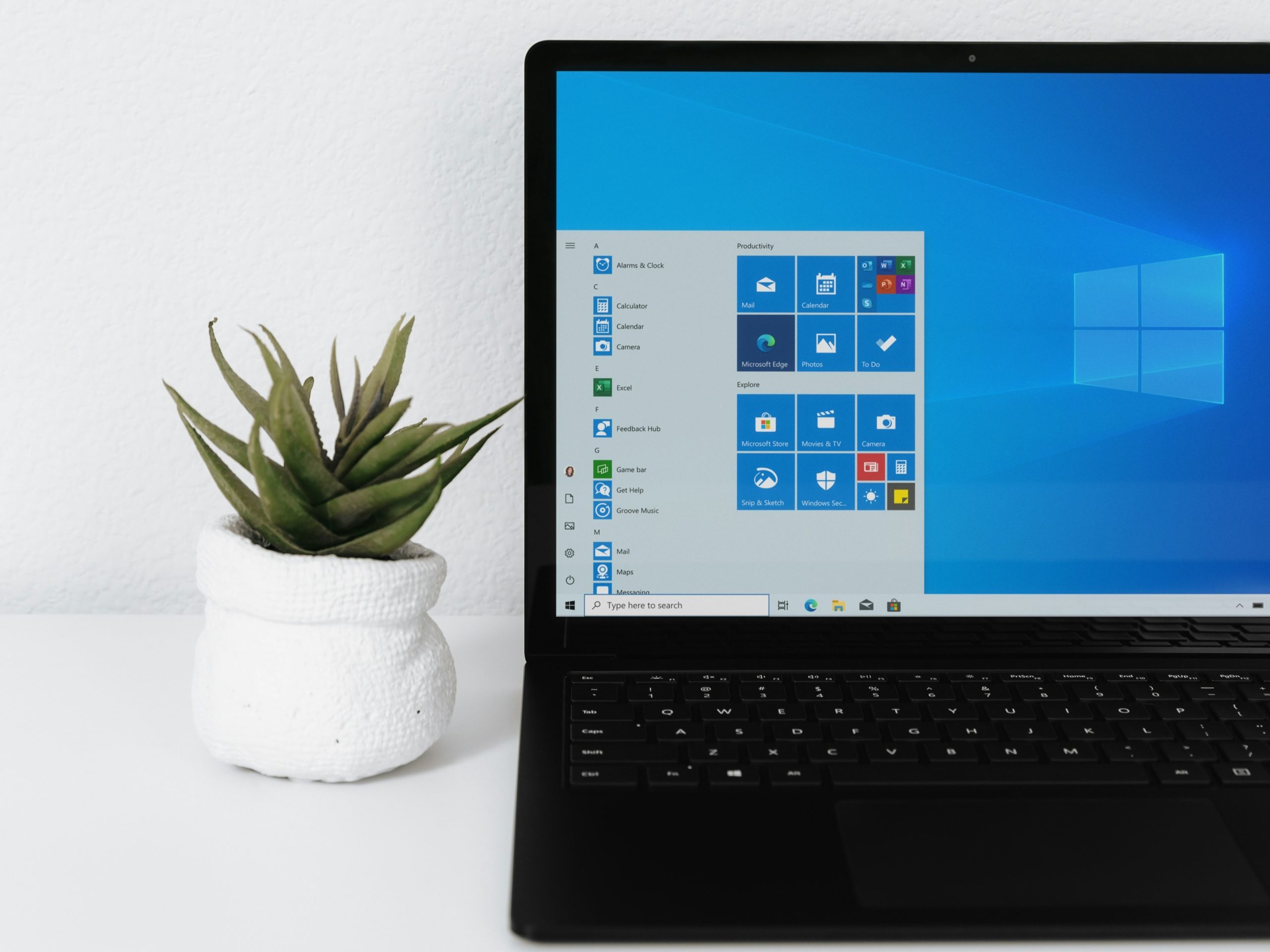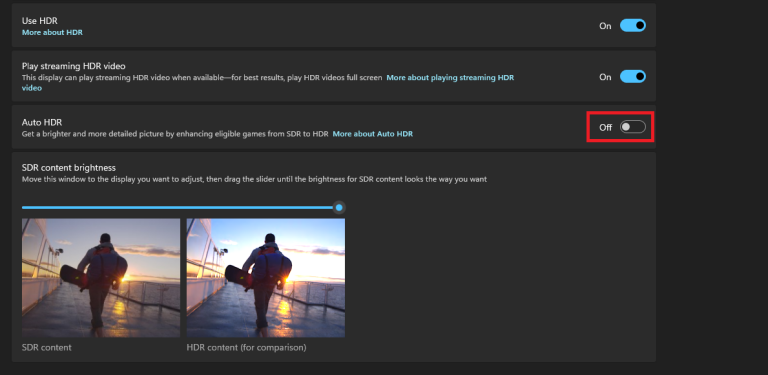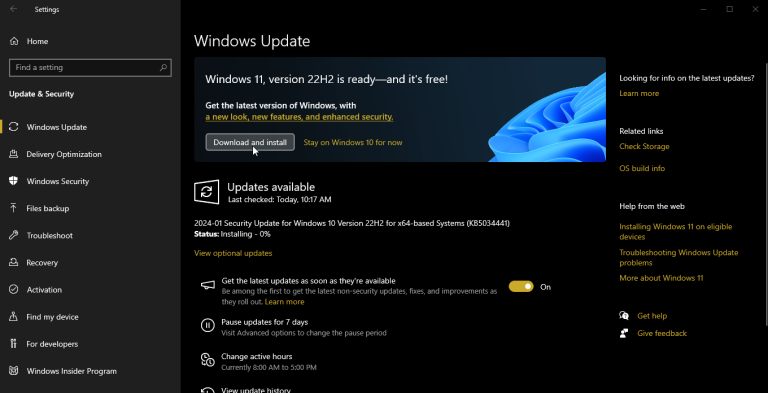As Microsoft plans to end support for Windows 10 in 2025, many users find themselves at a crossroads: Is it worth upgrading to Windows 11? This question lingers in the minds of many. In this article, we will explore the key differences between Windows 10 and Windows 11, so you can better assess your decision.
Windows 10 vs Windows 11: Major Differences in Design and Features
Windows 11 brings significant changes in both design and functionality. One of the most noticeable updates is the User Interface design style. Compared to Windows 10, Windows 11 features more rounded window edges, along with a new taskbar, Start Menu, and widgets. The new design is sleeker and more modern, but some users may find it challenging to adjust to the changes. However, you can use a paid third-party app such as Start11 to make changes if you wish.

In addition to visual changes, Windows 11 also brings small highlights in terms of functional improvements. The Virtual Desktops feature has been further optimized, allowing users to switch seamlessly between different desktop environments for work, entertainment, or personal use. Multi-tasking has also been enhanced, with features like Snap Layouts that let users easily arrange and manage multiple windows, boosting productivity.

Windows 11 Upgrade: Boosted Performance and System Efficiency
When it comes to performance and system optimization, Windows 11 brings speed improvements, especially for devices with modern processors and SSDs. Gamers will be thrilled with new features like DirectStorage, which significantly reduces game loading times by utilizing faster NVMe SSDs. Additionally, HDR enhances the visual quality of the game, providing richer graphics while optimizing battery life. Click to visit Microsoft to learn more about HDR in Windows 11.
Windows 11 doesn’t just improve everyday application performance; it also offers robust multitasking capabilities for demanding tasks such as video editing or graphic design. With these enhancements, Windows 11 not only provides a better entertainment experience but also supports a more efficient work environment.

Security in Windows 11: More Reliable
Windows 11 makes significant strides in security, ensuring users can protect their data and devices more effectively. One of the most notable upgrades is the move to TPM 2.0, which strengthens encryption, device authentication, and secure boot processes. This ensures sensitive data remains protected from malware and other threats. The Secure Boot feature also safeguards the system from malicious software during the startup process.

Additionally, Microsoft Defender Antivirus has seen enhancements in Windows 11. With improved ransomware protection, users can better control which applications have access to protected folders, reducing the risk of unauthorized data access. The integration of cloud-based AI into threat detection allows for quicker identification and response to emerging security risks. These upgrades provide robust protection against malware, phishing, and other attacks.
Windows 11 also improves Windows Hello for faster, more secure biometric authentication, whether through facial recognition or fingerprint scanning, ensuring easier but safer logins.
Windows 11 System Requirements: Compatibility Challenges
While Windows 11 brings many advantages, its higher system requirements have sparked some controversy. To fully leverage the new features, devices must support TPM 2.0, Secure Boot, and UEFI BIOS settings, which may not be compatible with older hardware.

For users whose devices cannot meet these requirements, staying on Windows 10 is a valid option. Even though Microsoft will end mainstream support for Windows 10 in October 2025, users can still receive security patches and updates through ESU services. This ensures that Windows 10 remains secure and functional for years to come, especially for those who prefer not to upgrade their hardware.
In conclusion, every major change comes with both pros and cons. Identifying problems is the key to solving them. However, for users with newer devices, exploring Windows 11‘s enhanced features may reveal a world of new possibilities.







